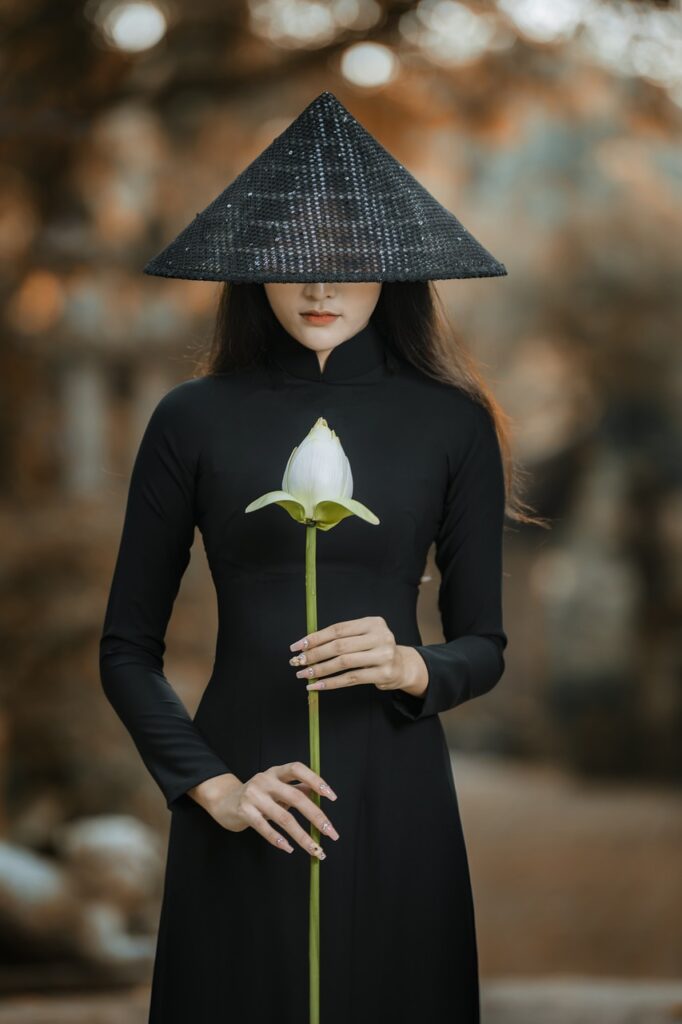Celebrating Hats: More Than Just a Fashion Statement
by siteadmin

In a world where fashion trends come and go like passing clouds, one timeless accessory stands firm, transcending seasons and styles – the humble hat. Whether it’s a classic fedora, a cozy beanie, or a wide-brimmed sun hat, hats have long been a staple in human culture, serving purposes beyond mere fashion. Let’s dive into the rich history and versatile nature of hats, celebrating their significance in our lives.
A Brief History
Hats have adorned human heads for centuries, with evidence of their existence dating back to ancient civilizations. From the practical head coverings of early hunters and gatherers to the elaborate headpieces worn by royalty and nobility, hats have evolved alongside human society, reflecting cultural norms and societal status.
In different eras and cultures, hats have held various meanings and functions. They’ve been symbols of authority, markers of social status, and even instruments of religious significance. Think of the iconic top hats of Victorian gentlemen, the stylish cloches of the Roaring Twenties, or the functional cowboy hats of the American West – each telling a unique story of its time and place.
Fashion and Function
While hats have undoubtedly been fashion statements, they’ve also served practical purposes throughout history. From shielding heads from the sun’s harsh rays to providing warmth in cold climates, hats have been essential tools for survival.
Even today, hats continue to marry fashion with function. Beanies keep us warm during winter months, baseball caps shield our eyes from the sun, and straw hats offer a cool respite on hot summer days. Beyond protection from the elements, hats can also be statement pieces, adding flair and personality to any outfit.
Cultural Significance
Across cultures, hats hold deep-rooted significance. In some societies, specific hats are worn during religious ceremonies or rites of passage, symbolizing spiritual beliefs or cultural traditions. For example, the fez in Turkish culture or the kufi in many African communities carry profound meanings beyond their aesthetic appeal.
Moreover, hats often serve as markers of identity and belonging within communities. Think of the iconic cowboy hat in American Western culture or the distinctive headgear worn by indigenous peoples around the world. These hats not only reflect cultural heritage but also foster a sense of pride and connection among wearers.
Personal Expression
One of the most beautiful aspects of hats is their ability to express individuality. Whether you prefer a sleek fedora, a floppy sun hat, or a quirky beret, your choice of headwear can say a lot about your personality and style. Hats allow us to experiment with different looks, channeling our inner creativity and confidence.
Furthermore, hats can be empowering, giving wearers a sense of self-assurance and poise. Just think of how a well-chosen hat can instantly elevate an outfit, making you feel ready to conquer the world with style and grace.
In a world of ever-changing fashion trends, hats remain a steadfast symbol of style, functionality, and cultural significance. From their rich history to their role in personal expression, hats continue to captivate and inspire us, transcending mere fashion to become enduring icons of human culture.
So next time you reach for a hat, whether to shield yourself from the sun or simply to make a fashion statement, take a moment to appreciate the timeless allure and versatility of this beloved accessory. After all, a hat is more than just something you wear on your head – it’s a reflection of who you are and the rich tapestry of human experience.
In a world where fashion trends come and go like passing clouds, one timeless accessory stands firm, transcending seasons and styles – the humble hat. Whether it’s a classic fedora, a cozy beanie, or a wide-brimmed sun hat, hats have long been a staple in human culture, serving purposes beyond mere fashion. Let’s dive into…
Recent Posts
- Sons of Monaco Painting Unveils the Ultimate Solution: Roll vs. Spray for Exterior Paint
- The Perfect Pair: A Guide to Matching Shoes with Outfits and Occasions
- A Comprehensive Guide to Understanding Shoe Styles and Types
- Unveiling the True Beauty of Cosmetics: More Than Just Makeup
- Celebrating Hats: More Than Just a Fashion Statement
